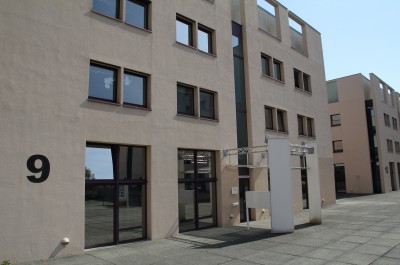Hier finden Sie eine Auswahl englischsprachiger Publikationen. Durch einen Klick auf den Titel oder das Bild gelangen Sie zur deutschen Zusammenfassung.
| Die Analyse kriminologischer Merkmale mit latenten Wachstumsmodellen |
Glaube und religiöse Praxis als Bewältigungsstrategien im Jugendstrafvollzug |
|
| Daniel Seddig | Merten Neumann, Helena Schüttler & Thimna Klatt |
Barbara Bergmann, Paulina Lutz, Tillmann Bartsch & Wolfgang Stelly |
 |
 |
 |
| Structural Equation Modeling | Monatsschrift für Kriminologie und Strafrechtsreform | Journal of Offender Rehabilitation |
|
Viktimisierung durch Hassreden im Internet: Folgen für das Unsicherheitsgefühl der Opfer |
Rechtsextreme Einstellungen von Jugendlichen und ihren Eltern |
|
|
Arne Dreißigacker, Philipp Müller, Anna Isenhardt & Jonas Schemmel |
Solveig Haselbach, Laura Beckmann, Sören Kliem & Yvonne Krieg |
Anne-Kathrin Kreft & Mattias Agerberg |
 |
 |
 |
| Crime Science | Journal of Child and Family Studies | American Political Science Review |
 |
||
| European Journal of Criminology |

